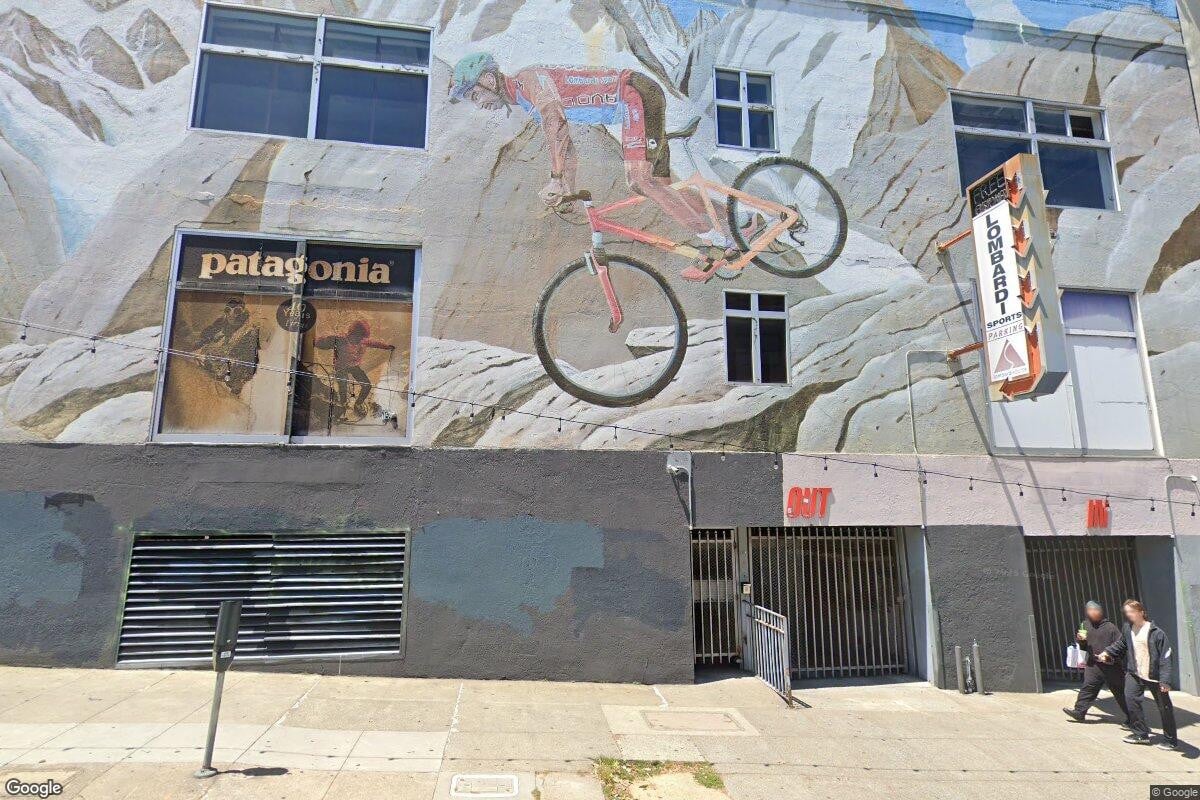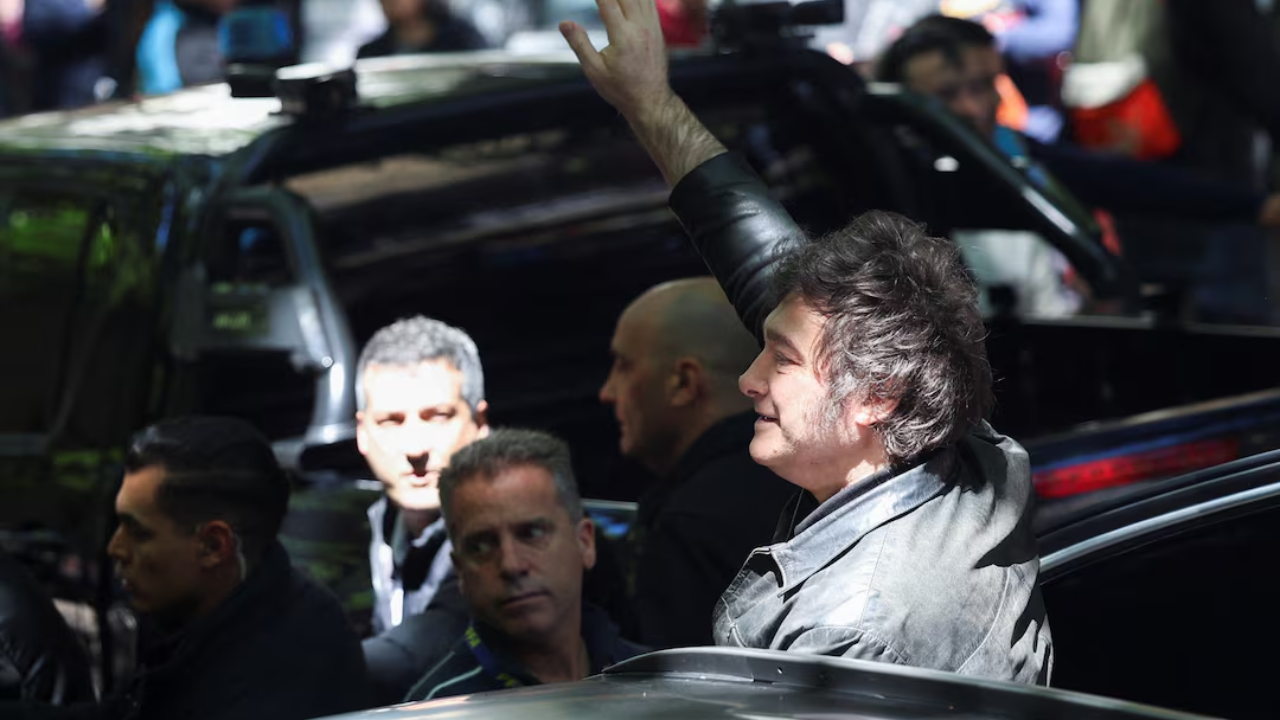Copyright hoodline

After more than a decade of empty promises, failed grocery store campaigns, and neighborhood warfare over chain retail, the hulking concrete box at Polk and Jackson streets finally has a future—and it's neither the Whole Foods that divided neighbors nor the housing that planners demanded. Welcome to San Francisco development hell, where even vacant buildings become battlegrounds. Fitness SF will transform the 44,000-square-foot former Lombardi Sports building into a gym, ending an 11-year saga that reads like a masterclass in how not to develop property in San Francisco. The announcement, trumpeted on X by Mayor Daniel Lurie with the enthusiasm of someone who just discovered indoor plumbing, marks a rare victory in the city's perpetual struggle against empty storefronts—even if that victory took more than a decade to achieve. "After nearly 11 years, the Lombardi Sports building on Polk Street is coming back to life," Lurie posted Thursday, attaching a video that probably cost taxpayers more than most people's monthly rent. The Levi Strauss heir turned mayor couldn't resist the personal touch, waxing nostalgic about childhood visits to the sporting goods store, because nothing says "man of the people" quite like reminiscing about your privileged youth. The Grocery Wars That Weren't But let's talk about what this building could have been—or rather, what everyone fought tooth and nail to prevent it from becoming. The real drama began in 2016 when Whole Foods swooped in with plans for a 365 store, their stripped-down concept aimed at millennials who wanted organic kale but couldn't afford the full Whole Foods experience. What followed was a three-year circus that perfectly encapsulated everything wrong with San Francisco politics. Supervisor Aaron Peskin, never one to miss an opportunity for performative legislation, rushed to introduce a chain store ban for all of Polk Street—timing that he admitted was specifically triggered by the Whole Foods proposal. "It's not exactly like Polk Street is a food desert," Peskin declared, apparently unaware that telling people where they can't shop isn't exactly progressive. The neighborhood split into warring camps faster than you can say "conditional use permit." On one side: the Russian Hill condo associations (representing 284 units of people who presumably eat food) who desperately wanted a full-service grocery. On the other: the Middle Polk Neighborhood Association and various merchants terrified that Whole Foods would destroy cherished local institutions like Cheese Plus—because nothing protects small business quite like forcing residents to shop elsewhere. The Planning Commission finally killed the proposal in 2018, not because of neighborhood opposition but because Whole Foods had the audacity to propose only eight housing units instead of, well, more. Commissioner Rich Hillis lamented that if only there were "seven or eight stories of housing" on top, everyone would be happy—a fantasy that ignores both construction costs and the reality that the same neighbors would have fought that tooth and nail too. The Parade of Failed Suitors The building's journey from sporting goods emporium to fitness center reads like a particularly depressing episode of "The Bachelor: Commercial Real Estate Edition." First came Village Properties in 2014, fresh off buying the building for $7.5 million, proposing 62 condos that neighbors immediately shot down. Then Target Express tried its luck—dead on arrival. The neighbors had spoken: they wanted a grocery store, just not any actual grocery store that existed. Property owner Rob Isackson, displaying the patience of a saint or the stubbornness of a mule (possibly both), kept trying. After Whole Foods crashed and burned, local chain Mollie Stone's entered the picture in 2019—ironically with potentially zero housing units, less than the eight that doomed Whole Foods. But even that fell apart during the pandemic, because of course it did. "We don't have the ability to tear this down and build a Whole Foods with housing on top of it," Isackson had explained during the Whole Foods fight, noting that adding floors would cost over $4 million. Translation: the math doesn't work when you're trying to satisfy everyone and end up pleasing no one. Fitness as Compromise So here we are in 2025, celebrating a gym. Not the desperately needed housing that Planning demanded. Not the grocery store that residents claimed they wanted. A gym. With state-of-the-art equipment and "community programming," whatever that means in gym-speak. The local Fitness SF chain, which already operates in Castro, SoMa, and Oakland, will pump $3.27 million into renovations, including new windows and presumably very expensive mirrors. They're planning a 2026 opening, assuming no one discovers an endangered species of bacteria in the ventilation system or decides the building is actually a historic laundromat. Russian Hill board member Moe Jamil called it "an acceptable conclusion to the long saga," which is the neighborhood association equivalent of a resigned shrug. He noted that the recent opening of Bi-Rite at 2140 Polk Street satisfied the grocery need, conveniently forgetting how hard everyone fought for a grocery at this specific location just a few years ago. The Mayor's Victory Lap Mayor Lurie's celebration of this development fits neatly into his broader narrative of urban revival, alongside victories like Uniqlo's return to Market Street (because nothing says economic recovery like Japanese fast fashion) and streamlined restaurant permitting (only took a global pandemic to figure that one out). His administration has made cutting red tape a centerpiece, though apparently not enough to prevent an 11-year vacancy in the first place. The timing is politically convenient. With over 100 storefronts emptying since 2020 and downtown still resembling a set from "The Walking Dead" on weekends, any sign of life is worth celebrating. Even if that sign of life is just people doing burpees where they once bought baseball gloves. Social media reaction has been predictably mixed. X users alternated between praising the momentum and asking the obvious question: why did this take 11 years? Reddit's r/sanfrancisco has long treated the building as "cursed," with threads dating back years speculating about everything from structural issues to bad feng shui. Some celebrate the incoming foot traffic; others worry about gentrification, as if Russian Hill hasn't been gentrified since the Gold Rush. What This Says About San Francisco The Lombardi Sports saga is San Francisco development in microcosm: years of fighting over perfect solutions while buildings rot, planning commissioners demanding housing that economics won't support, supervisors grandstanding about chain stores while their constituents shop on Amazon, and ultimately settling for whatever survives the gauntlet of community meetings, environmental reviews, and political theater. The city's new commercial vacancy tax, Proposition M, passed in 2024 to penalize owners who leave buildings empty, might prevent future Lombardi-style disasters. Or it might just encourage more gym conversions—because apparently that's what passes for victory in contemporary San Francisco. Meanwhile, similar transformations are happening across the Bay Area, from Oakland's Sears conversions to Planet Fitness colonizing San Jose malls. It's the new retail reality: experiential businesses filling gaps left by traditional retail's Amazon-induced death spiral. Urban planner Sarah Karlinsky suggests these public-private partnerships could accelerate if the city further eases zoning—though given it took 11 years to put a gym in an empty building, perhaps we shouldn't hold our breath. As for the Lombardi Sports building itself, it will finally stop serving as Russian Hill's most expensive monument to dysfunction. Come 2026, it will instead be a place where people pay $200 a month to run on treadmills, which honestly feels like a perfect metaphor for San Francisco: lots of movement, lots of money, not really getting anywhere, but at least the storefront isn't empty anymore. The Bottom Line Eleven years. Three failed proposals. Countless community meetings. One chain store ban threat. Zero housing units. One gym. This is what passes for a development success story in San Francisco circa 2025. The building that once sold sporting goods, that could have housed 62 families, that might have fed a neighborhood, will instead host spin classes and yoga sessions. Progress? Sure. Efficient? Hardly. San Francisco? Absolutely.



